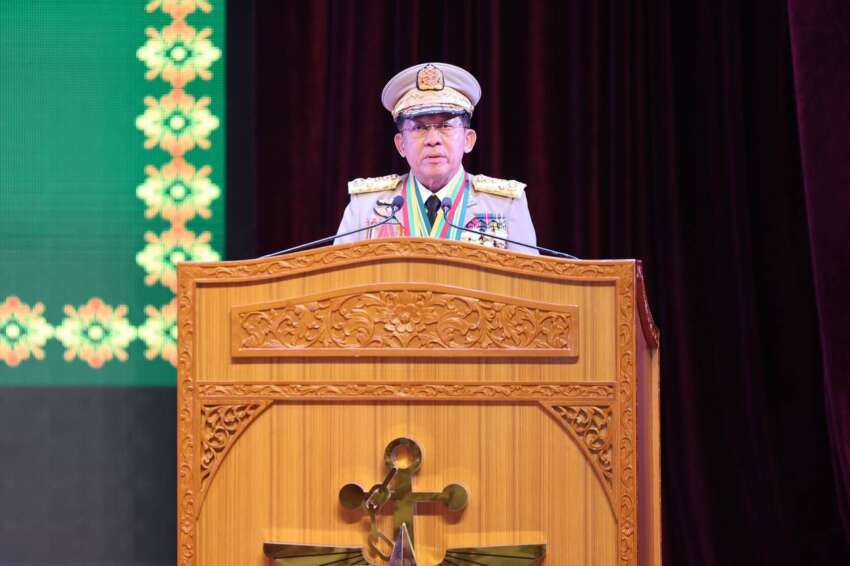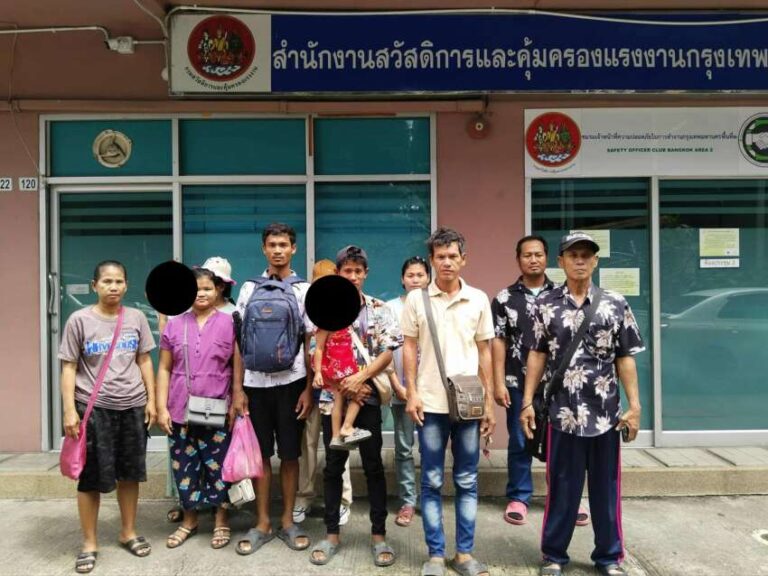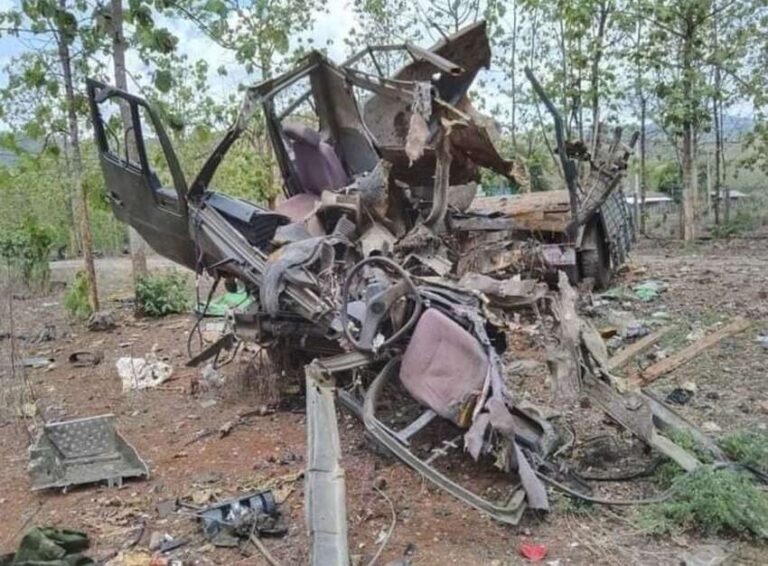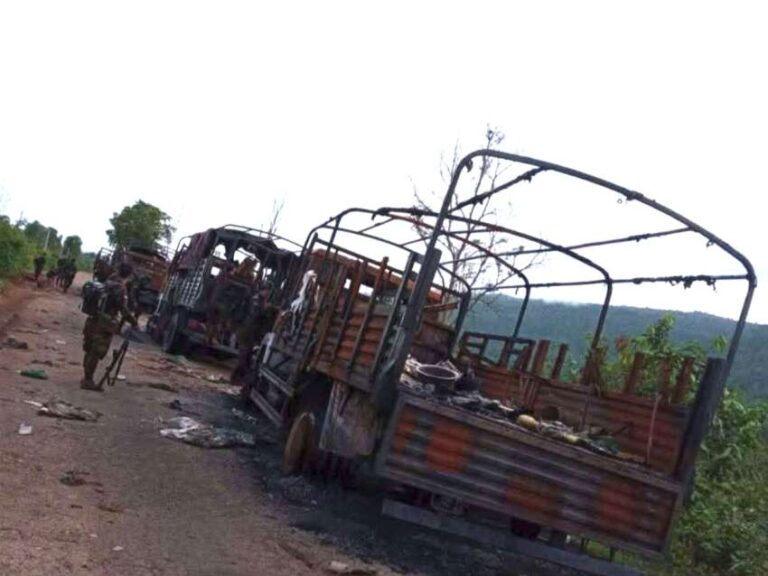
According to military sources in Naypyidaw, terrorist military council leader Min Aung Hlaing has issued directives prioritizing the recapture of urban areas over entire townships in territories lost to resistance forces, specifically for upcoming election purposes. The military council has been intensifying offensive operations across the country, with instructions to seize entire townships where possible, but to focus primarily on urban areas where complete township control proves difficult or time-consuming. This strategic shift represents a significant change in military operations, with a clear focus on securing population centers rather than maintaining control over entire administrative regions.
The military council has deployed thousands of troops in these offensive operations, offering significant incentives for successful territorial recapture, including promotions for all officers and soldiers involved in successful operations, along with substantial monetary rewards and privileges. In an unprecedented move, the council has established dedicated logistics units for each military column, ensuring continuous supply of weapons, ammunition, and provisions to the offensive forces. This level of logistical support represents a new development in their operational structure, as such dedicated support units were not previously allocated to individual military columns.
Min Aung Hlaing has announced plans to conduct elections over a four-week period from December to January 2026, stating their intention to hold elections in as many territories as possible. However, these military operations have resulted in significant civilian casualties, displacement, and loss of property and livelihoods. The military council’s aggressive push to recapture territory has led to widespread humanitarian concerns, with numerous reports of civilian populations being forced to flee their homes and communities being destroyed in the process. The focus on urban areas particularly impacts civilian populations, as these areas typically have higher population densities and more critical infrastructure.



